GUIDA
From Ascea Marina to the Gulf of Policastro
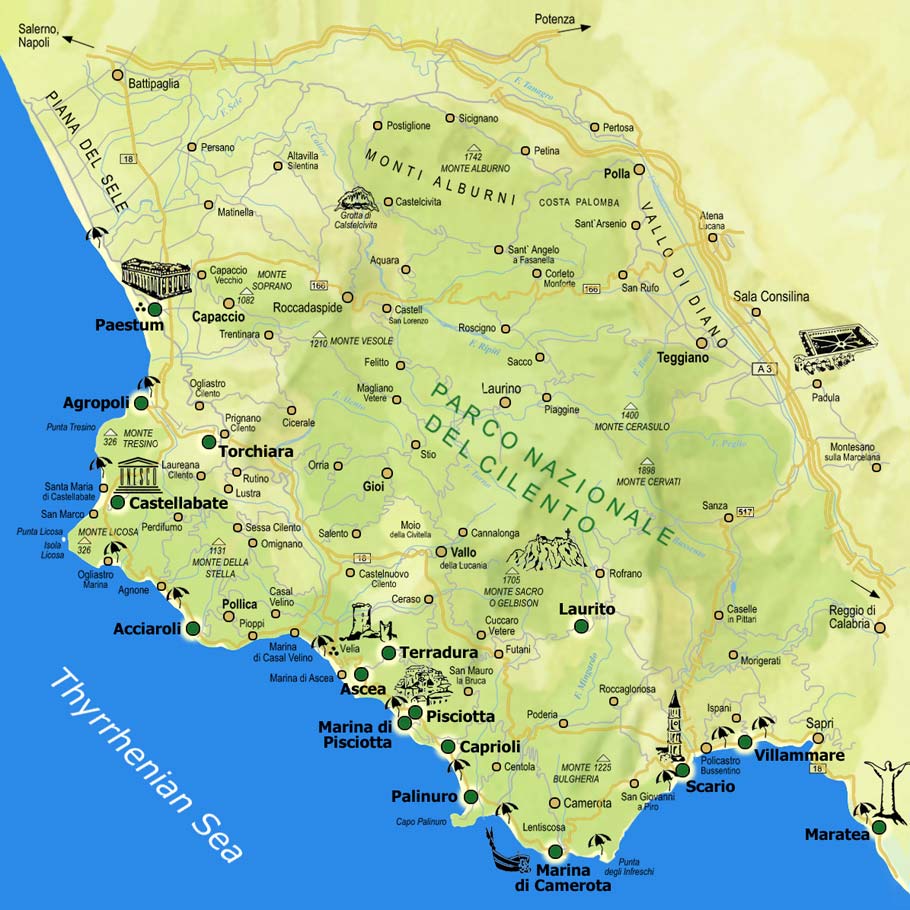
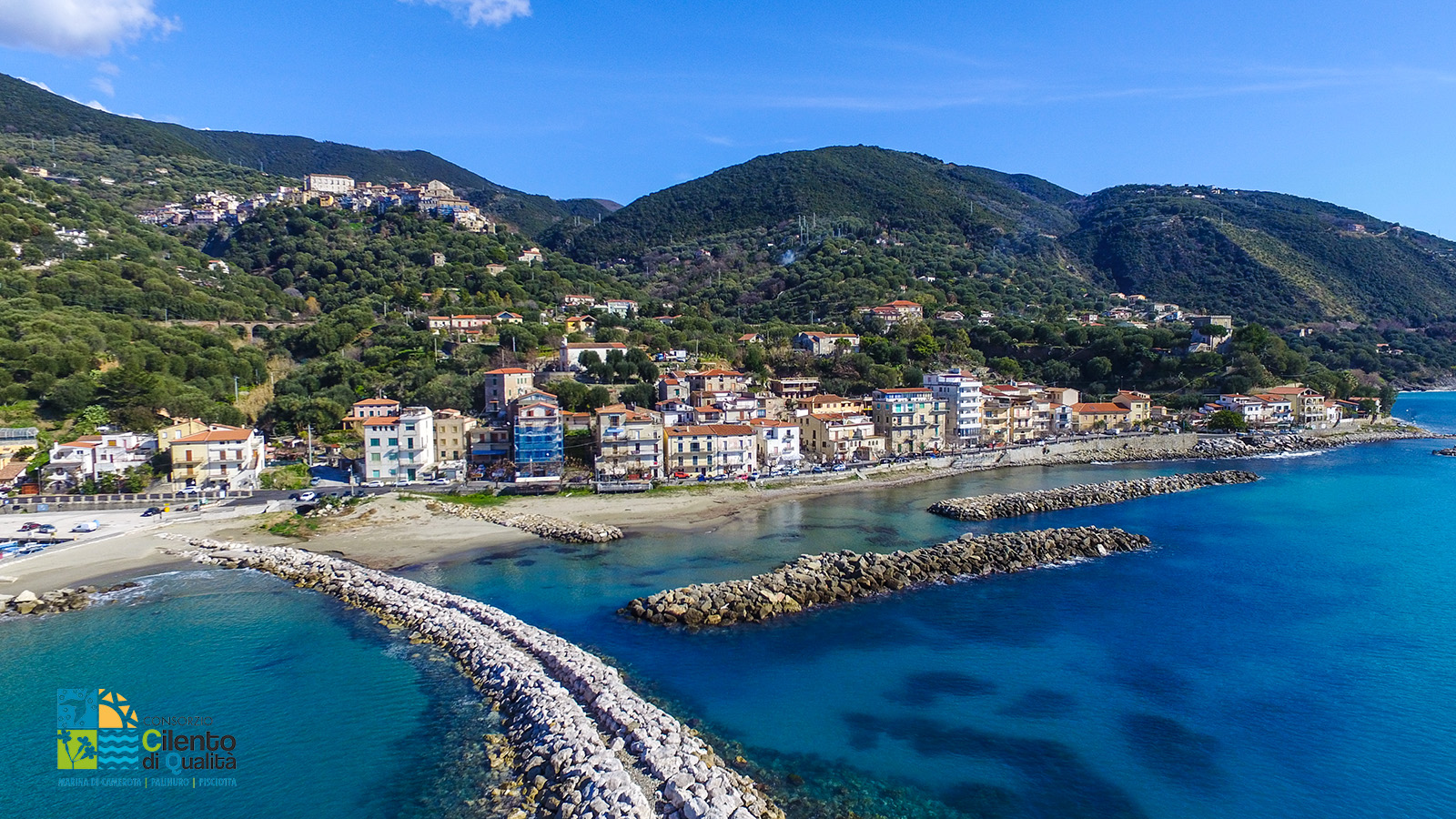
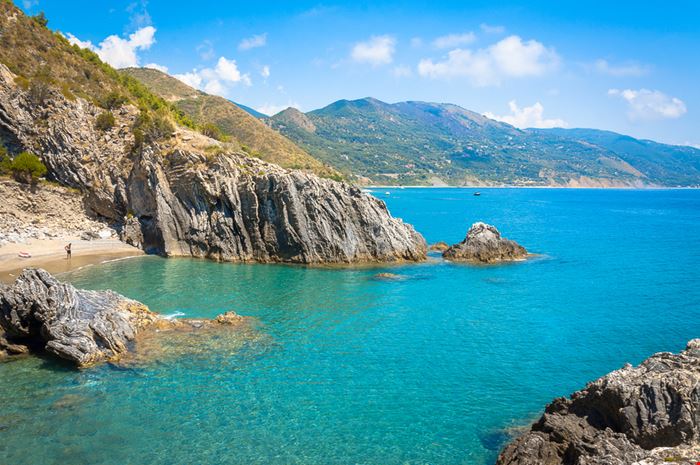
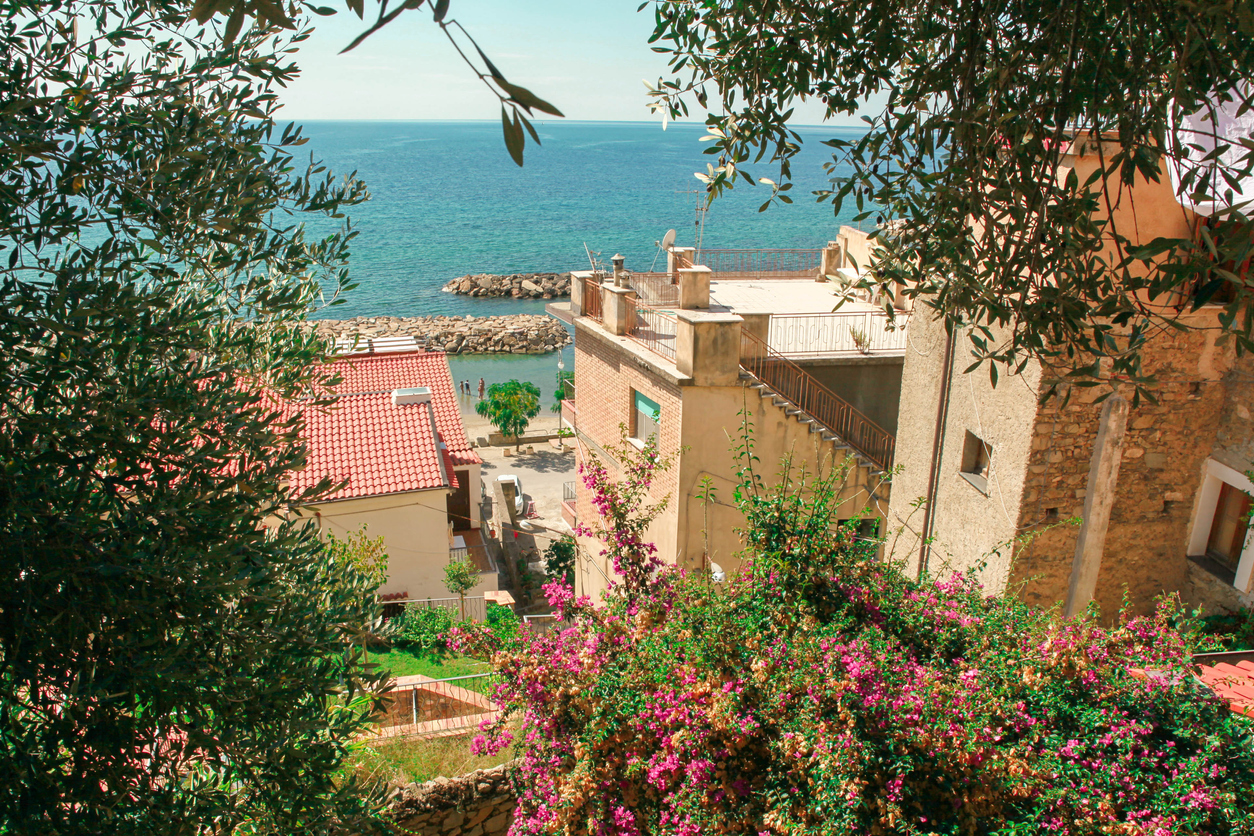
Pisciotta, amidst gigantic olive trees and blue sea
"City of Olive Oil." - the road sign leaves no doubts. In Pisciotta, one must stop, and for several reasons. Firstly, for the gigantic olive groves surrounding the village; secondly, for its ancient history, as this village grew around the former baronial castle and its churches. But above all, one must make a stop along the beautiful shoreline, the beach area that boasts, as we have seen, one of the cleanest seas in the whole Italian peninsula. But let's proceed in order.
Olives are a fruit with historical records dating back over 4000 years. The provisions on olive cultivation, trade, and control can be traced back to Hammurabi VII, the king of Babylon. The olive tree arrived in Cilento with the Greeks, eight centuries before Christ, and found the ideal terrain and conditions to grow and spread. The olive trees in Pisciotta, in particular, are enormous, often reaching heights of 18 meters and diameters of 12 meters. Due to this and the excellent quality of the oil produced, the local olive oil production has obtained the designation of protected designation of origin (PDO).
The toponym "Pisciotta" seems to derive from "Pixous," the name of the community that founded the city around 900 BC. In the 6th century AD, it became an episcopal seat and later became part of the Principality of Salerno during the Lombard domination. Under William II, we find the first mention of the village with the term "Pisciocta," a feud of a man named Florio di Camerota.
Today, just like in the past, the reddish-brown settlement arose on a long and narrow rocky promontory, huddled around Palazzo Ciaccio, the 17th-century former baronial castle, where over the centuries, many lords succeeded one another until the end of feudalism. It still preserves the Church of Carmine and the main church of Saints Peter and Paul, built in the 19th century on medieval foundations. There are also the remains of the Convent of Observant Minors, founded by Giovanni d'Aragona, which, during the Napoleonic period, was requisitioned by the military authorities to accommodate garrisons.
From here, shortly after the eastern end of the village, you can turn off from SS 447 onto a scenic road that crosses Vallone Santocchi and, with numerous turns through olive groves and beautiful views of the sea, after 5 km, leads to Marina di Pisciotta.
Before descending along the coast road, however, divert onto Provincial Road 64 towards San Mauro la Bruca, where the ancient medieval layout of the village is preserved on top of a hill. There, you can find the Baronial Palace De Cusatis and, in the hamlet of San Nazario, the Abbey of San Nilo, founded before the year 1000 by Italo-Greek monks. The locality is renowned, above all, because it is where the finest liqueurs of Cilento are produced, distilled from wild strawberries, blueberries, arbutus berries, as well as fruits like lemons, oranges, cherries, apricots, and figs. The bitter liqueur "Amaro San Mauro" is also famous, known for its digestive and refreshing properties.
PDO Olive Oil
_
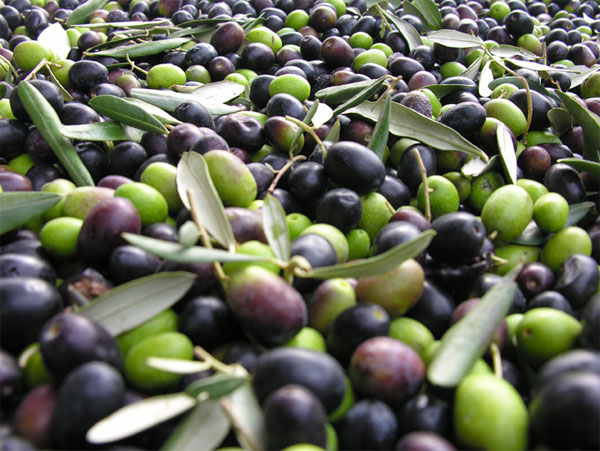
When one mentions Pisciotta, it means the finest olive oil in the entire Cilento region. In the Pisciottana area, the tallest and largest olive trees in the region grow, from which an olive oil production of such high quality is obtained that it has earned the Protected Designation of Origin (PDO) certification. Nevertheless, not only Pisciotta, but all the municipalities within the Cilento and Vallo di Diano National Park, both coastal and mountainous, are rich in olive groves.
The oils produced in this area belong to two PDOs, both recognized in 1998-99. The Cilento PDO (to which the Pisciotta oil belongs) covers the coastal and southeastern area, while the Colline Salernitane PDO concerns the northern zone of the Park. Traditionally, the cultivation methods in this territory are organic and do not involve the use of pesticides.
The extra virgin olive oils with PDO designation share similar organoleptic characteristics: the color ranges from green to straw yellow (more or less intense), with a medium-light fruity aroma (Cilento) or a medium-high fruity aroma (Colline Salernitane), and a fruity taste with a weak or barely perceptible hint of bitterness or spiciness. They are the ideal condiment for bluefish and grilled meats.
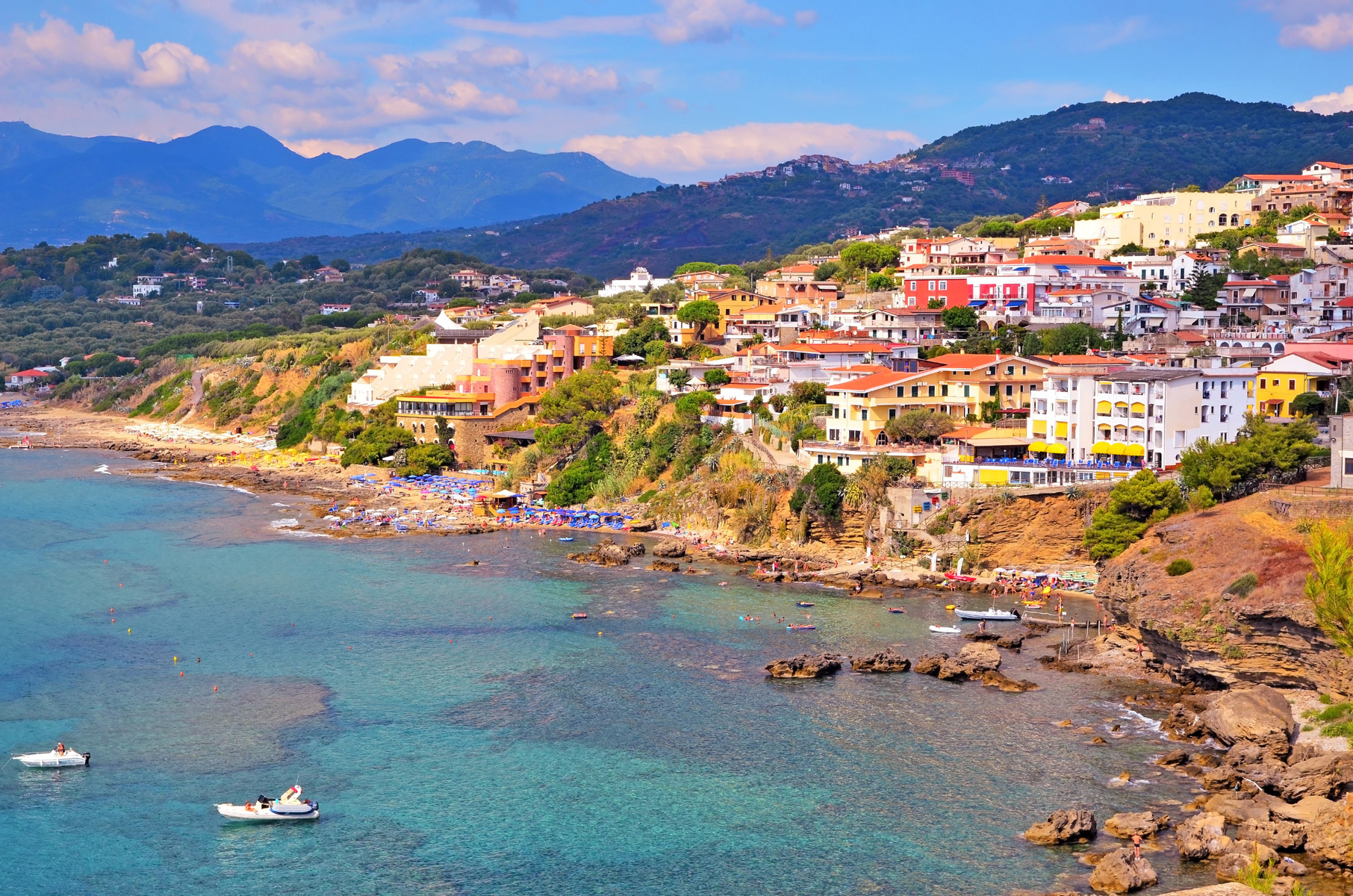
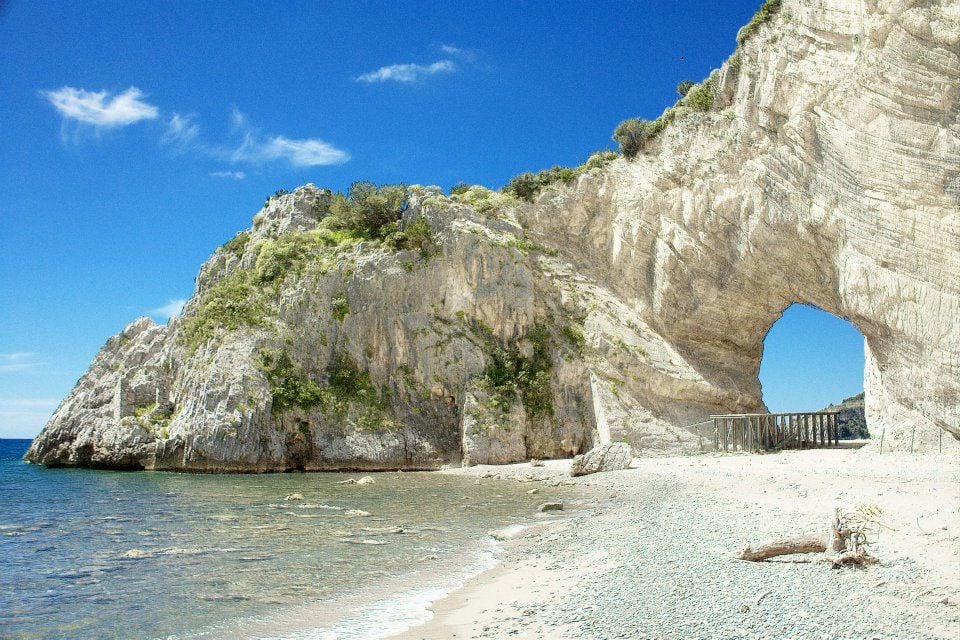

palinuro
To get to Palinuro, you need to follow SS 447, which, in this stretch, runs alongside beautiful sandy beaches and passes by the Caprioli Tower. Palinuro is an important tourist center known internationally after the French holiday club chain Mediterranée (now simply called Med) opened its first European village here. Though the club no longer exists, the reasons for choosing this beach location on the Cilento coast persist: the unique purity of the sea, the wild nature, and breathtaking views. And a touch of mythology, which never hurts. It is said that Palinuro owes its name to the unfortunate helmsman who, as Virgil recounts in the VI canto of the Aeneid, fell into the sea due to excessive sleepiness. He did not find his death among the waves but was killed by the local inhabitants when he managed to reach the mainland.
Moreover, the current Cape Palinuro has always been a challenging passage for ancient sailors. Another explanation for the etymology of Palinuro is based on the Greek translation of Palin (back, elsewhere) and Ouros (storm, sea wind), meaning the point where the wind turns, endangering navigation. In any case, the promontory is the main characteristic of Palinuro.
The town's roots go back to ancient times. Excavations carried out to the northeast of the settlement in 1939 and in 1947-49 revealed a necropolis from the 6th century BC, belonging to an indigenous and Hellenized settlement, allied with nearby Molpa. There are also remnants from more recent epochs, such as the Baronial Palace Rinaldi, where Gioacchino Murat, Napoleon's brother-in-law, stayed in 1814. He came here to inspect the coastal fortresses and strengthen them against potential enemy attacks. He probably also explored the numerous caves that have been, then and now, opening in the rocky and rugged coastline that surrounds Palinuro and the homonymous cape. Among these, the most famous is the Grotta Azzurra, which has nothing to envy its sister in Capri, except for fame. When sunlight filters through, its stalactites light up with turquoise reflections, especially at noon and sunset. It can only be reached by boat, like the subsequent Grotte d'Argento, del Sangue, and dei Monaci. The Grotta del Sangue got its name from the color of its walls, which are red due to a microalgae. The Grotta dei Monaci, on the other hand, got its name from the shape of its stalactites, resembling many monks in prayer. In the Grotta delle Ossa, prehistoric bone remains over 50,000 years old and fossils of shells have been found. These are mostly traces of Paleolithic troglodytes, particularly flint weapons and bones of prehistoric animals. As you can see, Palinuro displays a significant geological history from the sea, which continues with the Grotta Visco, also inhabited by Paleolithic humans. The natural rock arch near the mouth of the Mingardo River, with a romantic beach, completes the already suggestive picture.
Not to be missed is the tiny, but Caribbean-like, Baia del Buondormire. You can reach it either by sea or on foot, along a staircase of 500 steps adorned with olive trees, brooms, and myrtles. And who knows, during the walk, you might come across one of the rare Palinuro primroses, which have become a symbol, along with the otter, of the Cilento and Vallo di Diano National Park. They bloom between February and March and emerge yellow among the cracks in the cliffs over the sea, only on the Tyrrhenian coast from Palinuro to the small Calabrian Isola di Dino.
Paths and roads can lead you to the isthmus of Molpa and the ruins of the castle. The walk on foot takes about half an hour (but you can also drive there, following SS 447 towards Centola until the intersection with the Lambro River, and then taking SS 562) and goes through olive groves, starting from the church of Palinuro, first along the bed of a stream that has opened in the limestone rock, and then along the bed of the Lambro River. This leads to a small sandy beach called Marina di Molpa. Across the Lambro River, there is a steep hill, and just above it, Molpa once stood. It is said to have been a dependency of the Greek colony of Elea-Velia, one of Virgil's portus Velinos, where Aeneas's ill-fated helmsman, Palinuro, swam. Emperor Maximilian withdrew here after renouncing the empire. Molpa was taken by the Goths, recaptured by Belisarius, looted by the Saracens in 1113, destroyed by the pirate Barbarossa, and finally abandoned. Some of the exiles founded Centola. On what was the acropolis, the ruins of the castle remain today. Regarding Centola, it is worth noting that it is the municipality to which the four hamlets of Palinuro, San Severino, Foria, and San Nicola di Centola belong. It stretches along the ridge that separates the valleys of the Mingardo and Lambro Rivers, and according to the story, it got its name from the hundred refugees from Molpa: they were called centum illuc, meaning the "hundred there," and then centulas, from which the present-day toponym derives.

Homo Camerotensis
The Homo Camerotensis is 540,000 years old, and it shows every one of those years. It was contemporary with the Neanderthal Man, found in the open caves along the coastline of Marina di Camerota. Its remains have been discovered over the years during excavations that took place throughout the 20th century, particularly from 1954 onwards.
Before that, the most well-known and famous cave was known as the Grotta delle Ossa, with stalactites, stalagmites, and walls encrusted with the bones of humans and animals. For a long time, they were mistakenly believed to be the victims of the shipwrecks of two Roman fleets that occurred in these waters. However, more recent studies have led to the discovery, in this cavity, of flint weapons and bones of prehistoric animals, a sure indication of primitive humans from the Quaternary period.
In 1954, the Centro Speleologico finally discovered the first human remains in the area in the Grotta della Cala: a fragment of a jawbone, a concretion of tibia, and some vertebrae. This was the Homo Camerotensis, characterized by a particularly prominent chin. It is precisely for this reason that these caves are considered among the most important environments of prehistoric archaeology in Southern Italy.
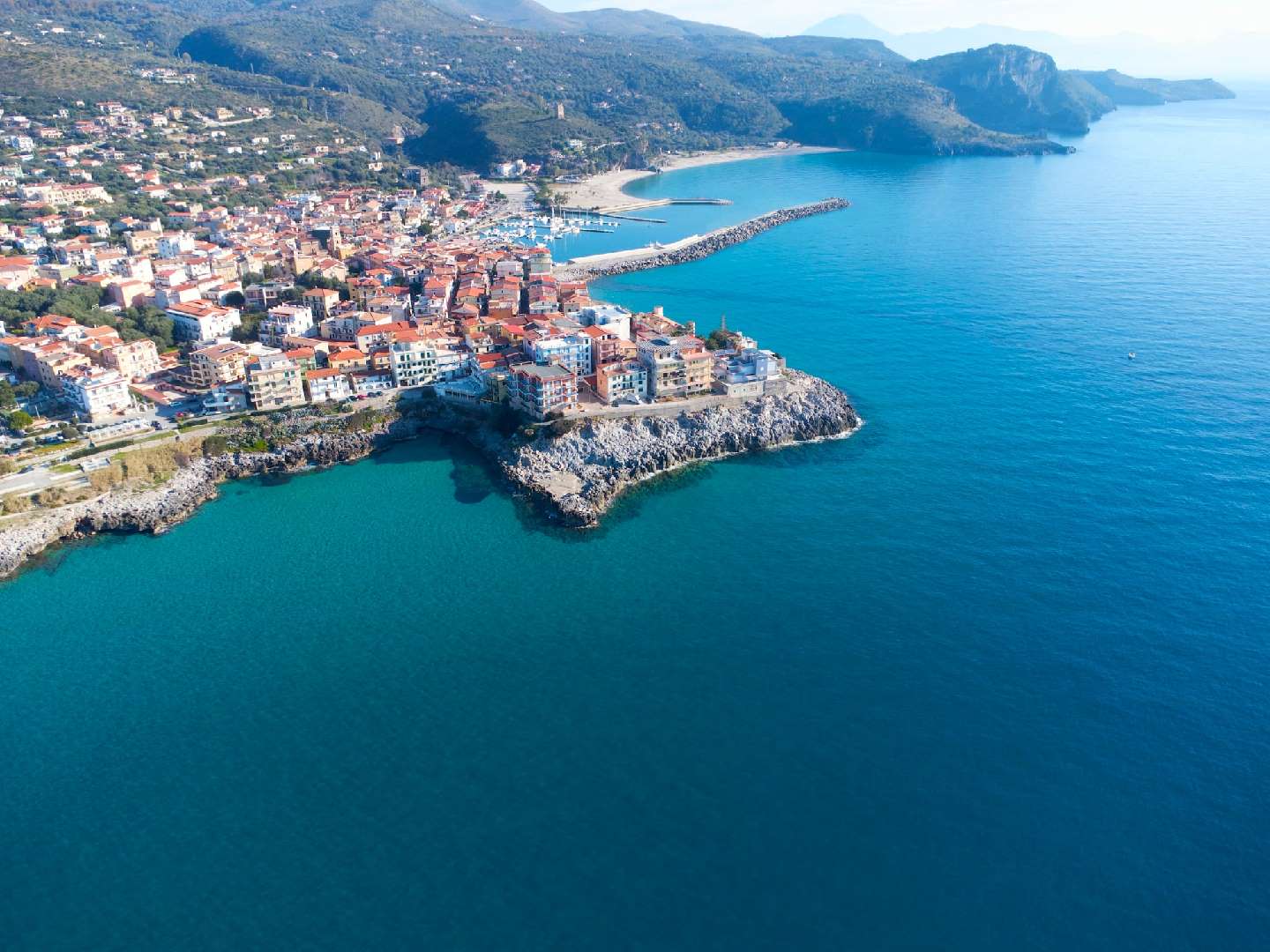

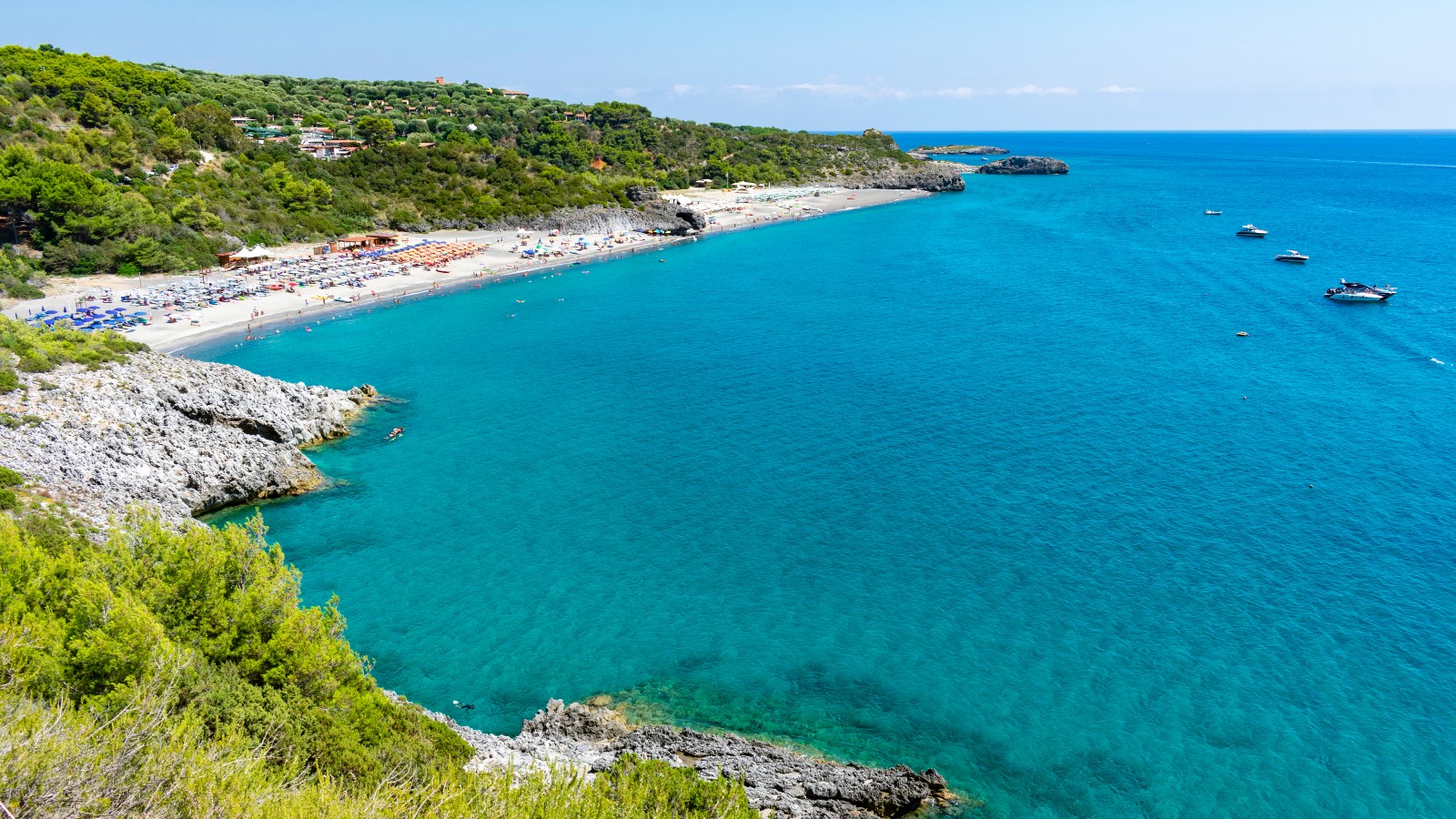
Marina di Camerota and Porto Infreschi
Continuing along the coast from Palinuro, you reach the so-called "Cala del Cefalo" along SS 562. This bay, with its sandy beach, leads to a dense olive grove where the vacation village of the Touring Club Italiano is located on an area of over 60,000 square meters, adjacent to a beautiful sandy beach. A few kilometers further, you arrive at Marina di Camerota, a large tourist resort developed in an enviable position on a promontory between the tip of the island tower and that of the Zancale tower, amid rocks and cliffs.
Similar to Palinuro, the coastline is a succession of caves, many of which have great paleontological and paleoanthropological interest, such as the Cala cave, where the remains of Homo Camerotensis were found, along with numerous flint tools, quartzite and jasper fragments, animal bones, and shells. All this evidence demonstrates that the cave was used as a dwelling place in prehistoric times. A nearby small cave was used for burying the dead, but much of it was demolished for the enlargement of a coastal road. The elevated Grotta della Cala presents itself like a balcony overlooking the sea. The walls of the cave, adorned with ferns and maidenhair ferns, are spotted with pink, brown, black, yellow, and white colors due to mycophytic coverings.
Other notable cavities include the Grotta della Serratura (so-called because of its entrance shape), the Grotta del Cimitero (located near the cemetery), and the Grotta della Calanca, where remains of Quaternary fauna were found. Taking a boat tour undoubtedly provides a more precise view of the coastline's formation and other less significant from a paleontological perspective but equally beautiful and evocative clefts. Next to the Zancale peninsula, there is the Grotta degli Innamorati (Cave of Lovers). Local fishermen tell stories of young couples seeking refuge here when they were hindered by their parents, and upon their return home, the families were forced to celebrate a marriage.
Regarding the name of Cala Montediluna, there are two hypotheses. The first is related to the impression one gets when looking at the cove from the village: it seems that the moon rises from the eponymous mountain that overlooks the cavity. The second refers to the shape of the cave, which closely resembles a moon carved in the rock. Stories and legends also lie behind the names of Grotta Boccadipera, Cala Magnosa, Grotta del Pozzallo, Grotta del Presepe, and Grotta delle Noglie, but the most famous and interesting is the Grotta di Porto degli Infreschi.
Porto degli Infreschi is a circular natural harbor, facing the chapel of San Lazzaro and the Torre del Frontone, which was built, like many others, to watch and defend against the Saracens. Here, the Romans obtained fresh water that flowed (and still flows) from a well. In the limestone rocks, there is a fissure leading to the cave, called "degli Infreschi" due to the coolness inside, thanks to the presence of a spring. It was once used as a natural refrigerator to preserve freshly caught tuna. To reach it, you can rely on the Cooperativa Cilento Mare (tel. 0974932978, www.coopcilentomare.com), which organizes boat trips along the section of the Cilento and Vallo di Diano National Park from the port of Marina di Camerota to Porto degli Infreschi, now a protected natural reserve.
The boats used are typical fishermen's boats, called "gozzi," which easily access both the coves and the caves. The fishermen of Cilento Mare are also available to take tourists to sea for "lamparata," which is fishing for bluefish (with a typical on-board dinner based on the catch and "friselle," a type of bread). For those who prefer the stability of dry land over the waves, the cooperative also offers guided trekking routes through the most beautiful beaches on the coast (Lentiscelle, San Domenico, Marina delle barche, spiaggia del Mingardo, del Troncone, di Porticello, d'Arconte, etc.). These beaches are numerous, all characterized by a sea so ecologically healthy that they were awarded five "Goletta Verde" flags, the highest recognition, in 2001.
Where The Primrose Blooms
Discovered in 1787 by Vincenzo Petagna, a passionate botanist, the Primula Palinuri, among all the plants and endemic species in the Cilento and Vallo di Diano National Park, is the most well-known but also the most fragile and at the highest risk of extinction. It seems to have gradually moved from the mountains to the lands near the sea, beginning its long journey around two million years ago. From its discoverer, it inherited the full name that distinguishes it: to be precise, it is called Primula Palinuri Petagna.
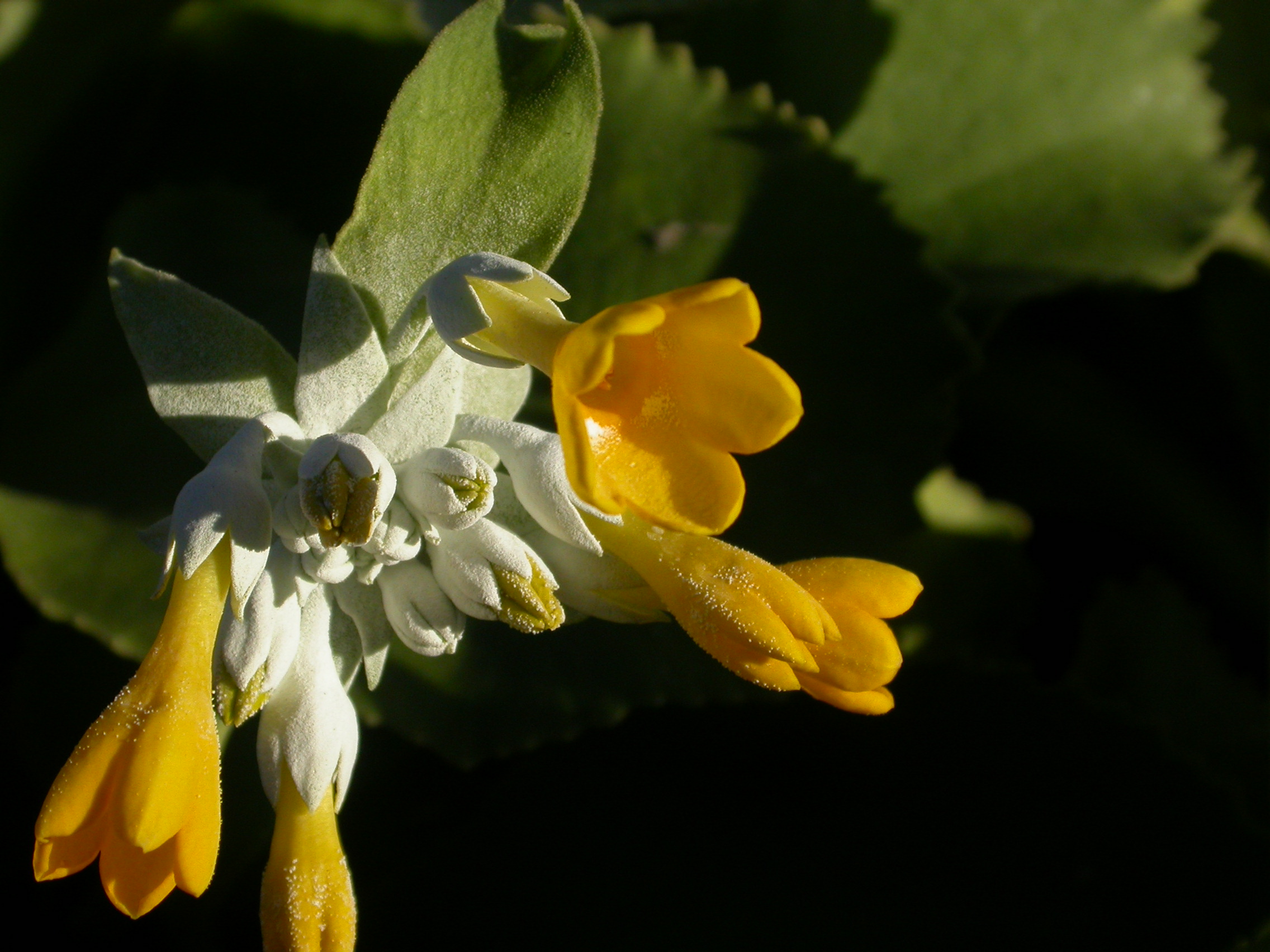
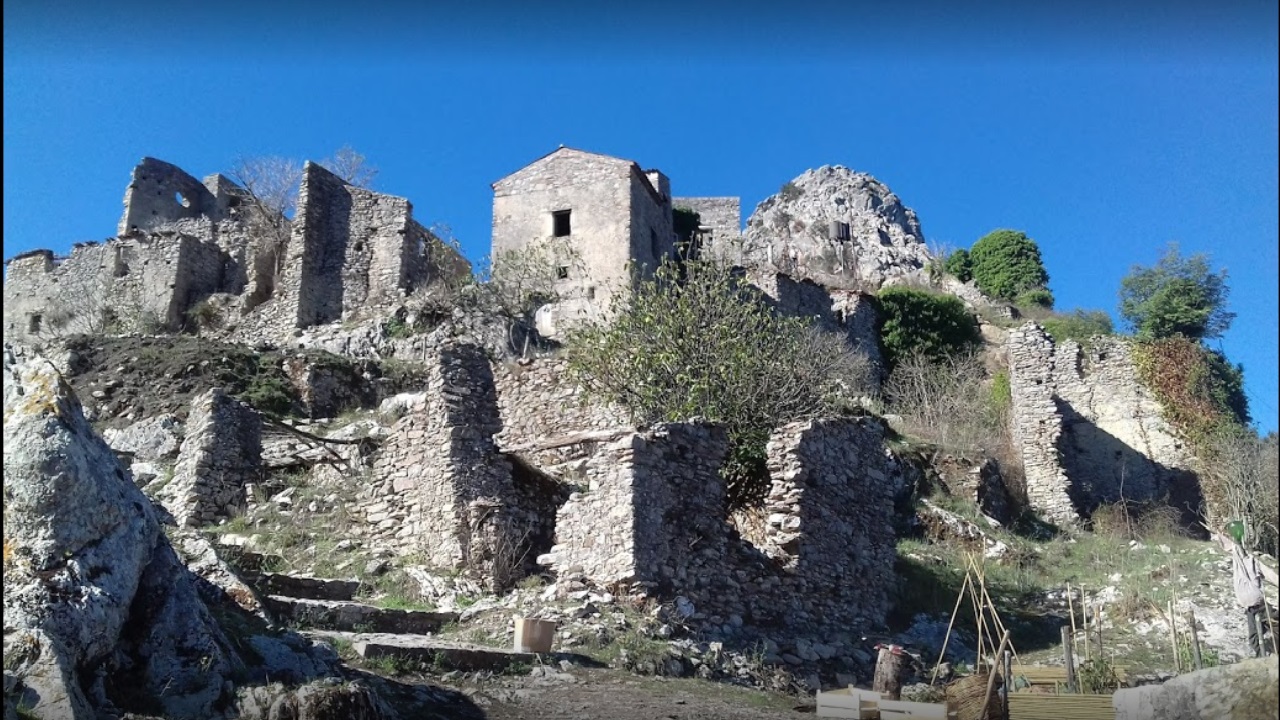
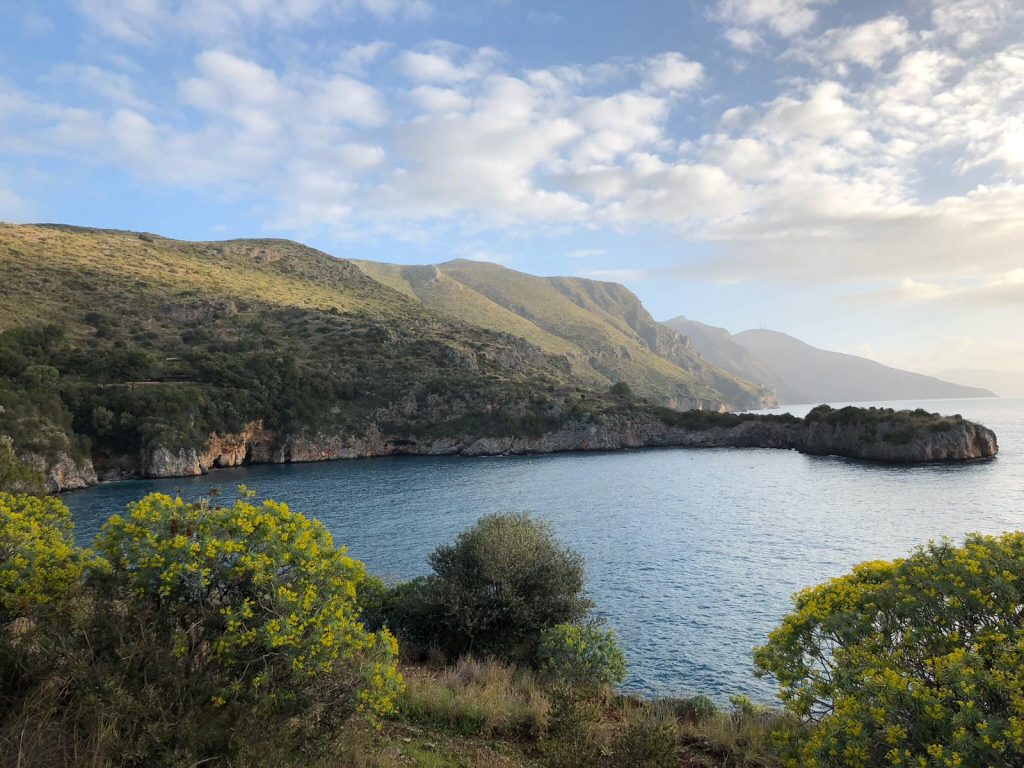
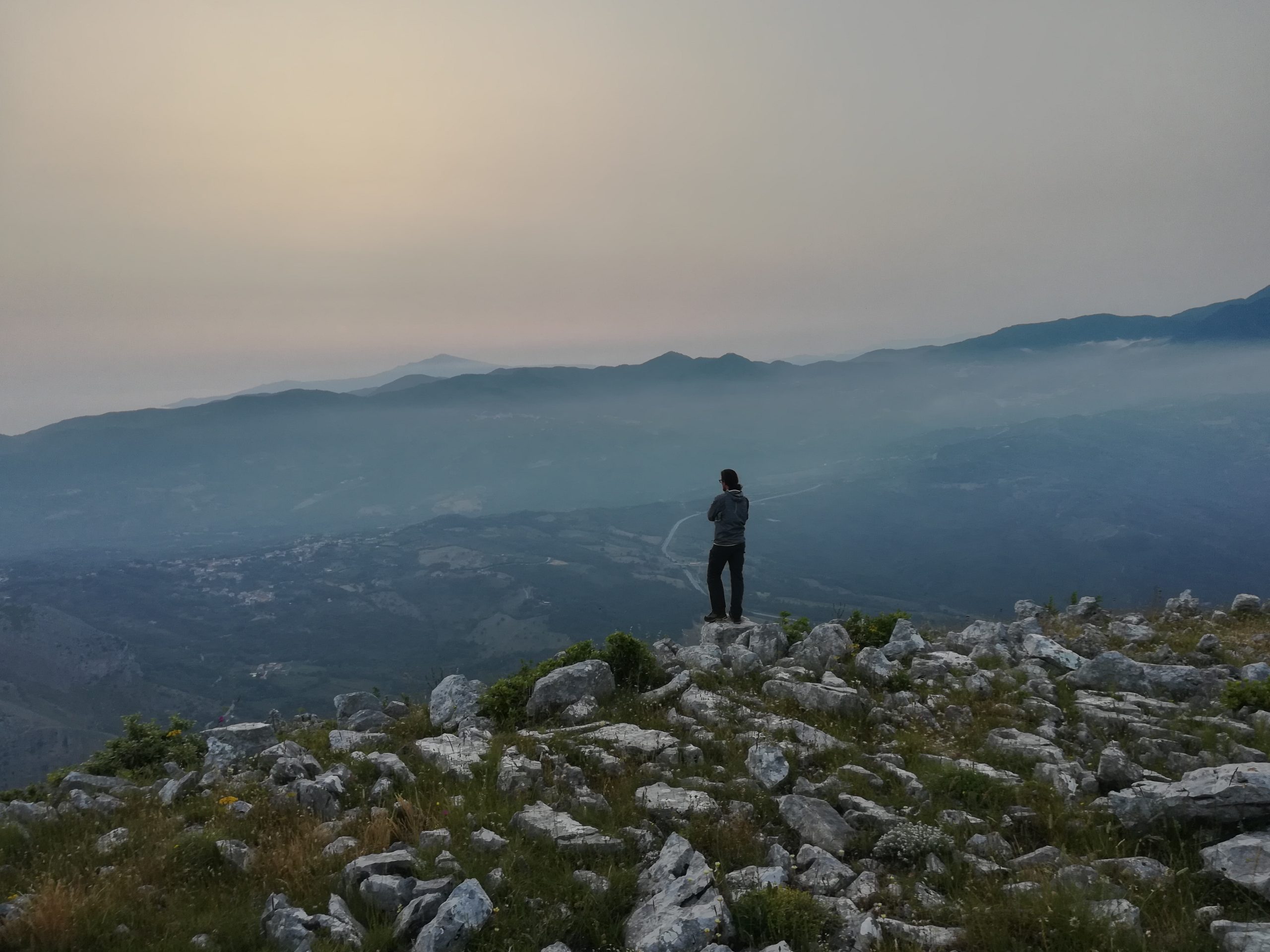
The Villages of The Hinterland And The Mount Bulgheria
Continuing along the coast, from Palinuro, you arrive at the so-called "Cala del Cefalo," a bay that prepares you for the dense olive grove where the Touring Club Italiano holiday village is located, covering an area of over 60,000 square meters, near a beautiful sandy beach. A few kilometers further, you reach Marina di Camerota, a major tourist resort developed in an enviable position, perched on a promontory between the Punta della Torre dell'Isola and the Punta della Torre Zancale, surrounded by rocks and cliffs. Like in Palinuro, the coast here is dotted with several caves, some of which have great paleontological and paleoanthropological interest, such as the Grotta della Cala, where the remains of the Homo Camerotensis were found, along with numerous flint tools, fragments of quartzite and jasper, animal bones, and shells. All of this indicates that the cave was used as a dwelling place during prehistoric times. Another nearby cave was used as a burial site but was mostly destroyed to widen a coastal road. The elevated Grotta della Cala overlooks the sea like a balcony. The walls of the cave, adorned with ferns and maidenhair ferns, are stained with pink, brown, black, yellow, and white due to the presence of mycophytic coverings. Other notable caves include the Grotta della Serratura (named for its entrance shape), the Grotta del Cimitero (located near the cemetery), and the Grotta della Calanca, where remains of Quaternary fauna were found.
Taking a boat tour offers a more precise view of the coastline and other less significant but equally beautiful and suggestive caves. Next to the Zancale peninsula is the Grotta degli Innamorati (Cave of Lovers). Local fishermen tell a story that when young couples faced opposition from their parents, they would escape to this cave. Upon their return home, the families were forced to celebrate the marriage. Another named site is Cala Montediluna, for which two hypotheses exist. According to one, it is named for the impression of the moon rising from Mount Montediluna, which overlooks the cave. The second explanation refers to the shape of the cave, which is similar to that of a moon carved into the rock. The caves of Boccadipera, Cala Magnosa, Grotta del Pozzallo, Grotta del Presepe, and Grotta delle Noglie also have interesting stories and legends associated with them. However, the most famous and fascinating cave is the Grotta di Porto degli Infreschi. The port is a natural circular inlet where the chapel of San Lazzaro and the Torre del Frontone face each other, built, like many others, to spot and defend against Saracen attacks. Here, the Romans used to supply freshwater from a well. The cave entrance is located in the limestone rocks, and it is called "Grotta degli Infreschi" because of the coolness inside, thanks to the presence of a spring. In the past, it was even used as a natural refrigerator to preserve freshly caught tuna. To reach it, you can rely on the Cooperativa Cilento Mare (tel. 0974932978, www.coopcilentomare.com), which organizes boat trips along the stretch of the Cilento and Vallo di Diano National Park, from the port of Marina di Camerota to Porto degli Infreschi, which is now a protected nature reserve. The boats used are typical gozzi used by local fishermen, which can easily navigate both the bays and the caves. The fishermen from Cilento Mare are also available to take tourists on a fishing trip, known as "lamparata," for catching bluefish, followed by a typical dinner on board with the catch and friselle.
For those who prefer solid ground over the waves, the cooperative also offers guided trekking tours along the most beautiful beaches on the coast, including Lentiscelle, San Domenico, Marina delle Barche, Spiaggia del Mingardo, Spiaggia del Troncone, Spiaggia di Porticello, and Spiaggia d'Arconte. All of these beaches are characterized by an ecologically healthy sea, earning them the highest rating of five flags from Goletta Verde in 2001.
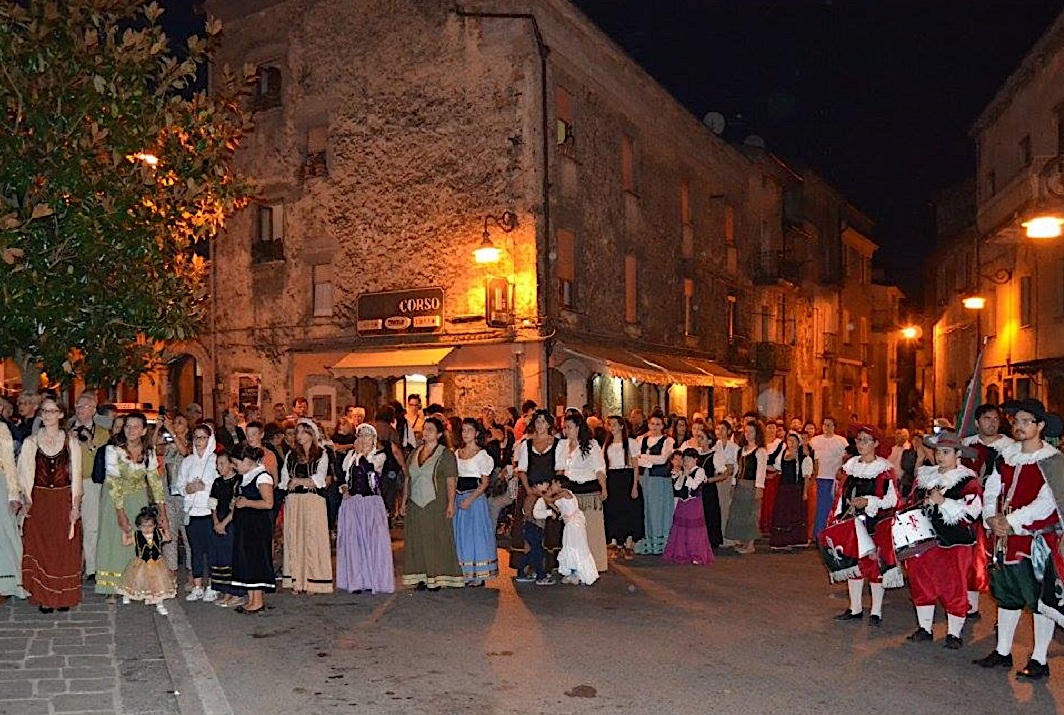
Festival And Food Fairs
August is the time of the year with the most events: in the middle of the month, in Ascea, the "Festa degli Antichi Sapori" (Festival of Ancient Flavors) combines tastings of regional specialties with exhibitions and shows. The event in Ascea is just one of the many food fairs and popular celebrations that take place in the area. Throughout the summer, in fact, there are allegorical parades, games, performances, and fireworks. In particular, visitors often have the opportunity to taste typical products of the region, such as bluefish and eggplant.
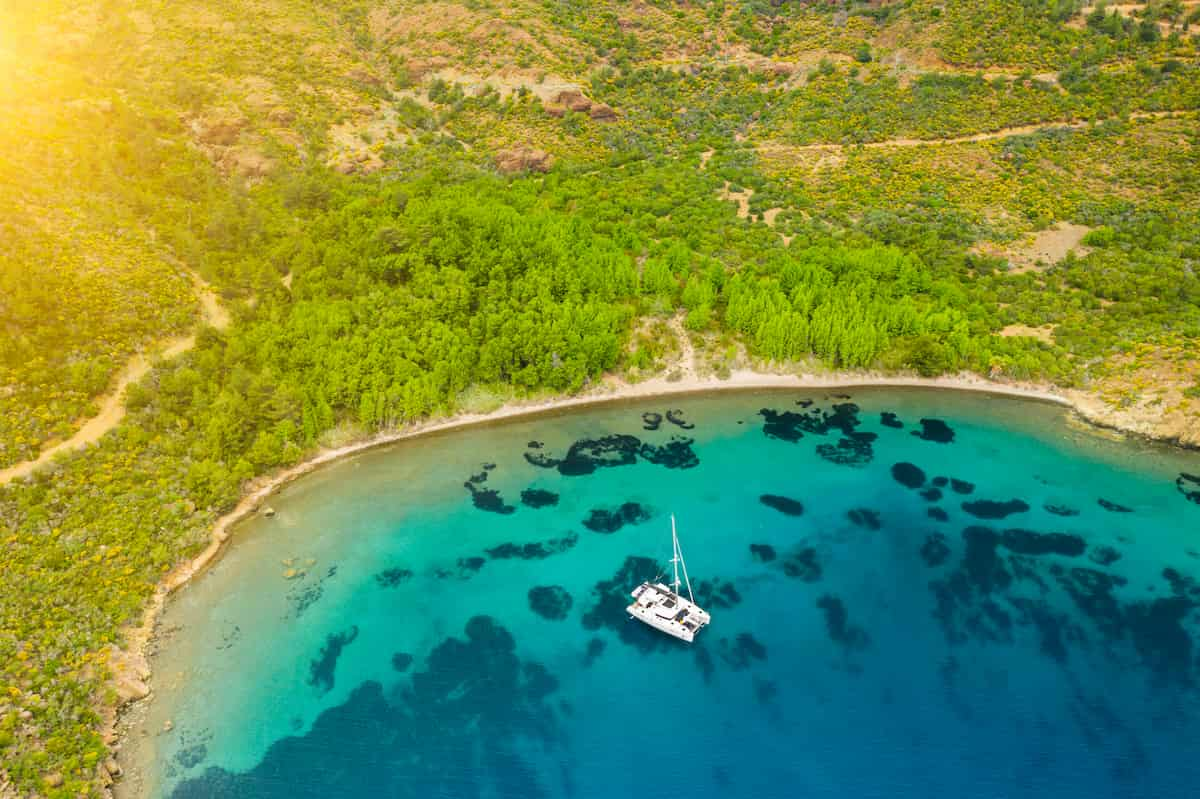
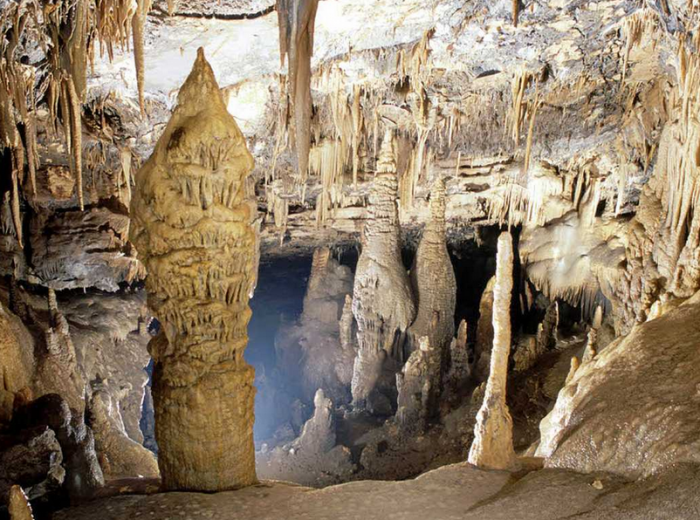

The Gulf Of Policastro
Descending along SS 562 from San Giovanni Piro, you arrive in a few minutes to the coastal village of Scario: it is the first town overlooking the Gulf of Policastro and boasts a significant history. First of all, its name comes from the Greek "scarios," which means a small shipyard. In fact, it was here that Roman merchants bought garum, the precious (and famous) fish-based seasoning used to flavor dishes. In more recent times, the town was also nicknamed "orecchio di maiale" (pig's ear) because of the particular shape of its cove, which makes it a safe harbor. Today, Scario is a charming fishing village, with a waterfront dotted with palm trees, oleanders, and begonias, as well as lively and welcoming local establishments. The lighthouse that makes it recognizable from the sea and Punta Garagliano complete its profile, which enjoys a unique and beautiful view, from Punta degli Infreschi to the Calabrian coastline.
Like Palinuro and Marina di Camerota, this area of the coast is also dotted with numerous caves, including the Grotta Grande, which opens steeply over the sea, about 800 meters west of Punta Spinosa. The entrance is oval and leads to two chambers, in the first of which traces dating back to the Mousterian period and remains of Pleistocene fauna were found. From Scario, you can continue along SS 18, crossing the Bussento River, towards Sapri, making a stop in Policastro Bussentino. The town, which gives its name to the entire gulf, developed around medieval walls built on even older Greek foundations. The current toponym derives from the medieval Latin "policastrum," meaning a fortified city, and from Latin "Buxentum." This name is a corruption of the original Greek "Pixunte," with which the city is mentioned by Strabo and Livy. Both terms, Latin and Greek, in turn, refer to the boxwood plant, which grew (and still grows) luxuriantly in these areas. From the Roman period dates the ancient paved road, recently enhanced as a space for artistic events.
The town is mainly visited for the Cathedral of the Assumption, with a triconch crypt (6th century BC) and a bell tower adorned with intertwined arches and Renaissance sculptures. Built in the 11th century on the site of a pagan temple and the remains of a Byzantine church, the cathedral features a refined portal on its facade. It was commissioned by Bishop Carlo Fellapane in 1455 and includes a splendid marble niche at the top, with the Virgin on the throne with the Child, flanked by two angels: the one on the right submits the town of Policastro, while the one on the left presents the kneeling patron.
The Diocesan Museum, on the other hand, preserves works of considerable historical and artistic value (for information, tel. 0974985161). In particular, notable exhibits include: an ivory crucifix in Flemish style (17th century), paintings, vestments, and silverware (18th and 19th centuries); a silver embossed processional cross from the parish of Santa Maria Assunta in Tortorella (second half of the 15th century).
At the extreme end of the Gulf of Policastro, finally, there is "parva gemma maris inferi," as Cicero loved to call Sapri. The "small gem of the southern sea" was chosen by Maxentius Herculeus, the Roman Emperor of the West, as his summer residence due to the mild climate and the enchantment of the surrounding landscape. The historical-cultural heritage is well highlighted by archaeological finds, discovered during the excavation of Santa Croce, which was once a place of worship for the gods. Today, the area hosts the meteorological clock tower (1927), in neo-medieval style.
Just a little further, there is Largo Pisacane, overlooking the beach where Pisacane and the 300 volunteers led by him landed in the heroic and tragic expedition. A monument, with the verses of the famous poem "La spigolatrice di Sapri" by Luigi Mercantini, commemorates their feat.
The Flavours Of Mediterranean Tradition and New Ones
In Marina di Pisciotta, you will find the restaurant Angiolina, nestled in greenery and very close to the sea. Here, they offer traditional cuisine with a touch of creativity in their compositions. The absolute protagonists of the menu are the "alici di menaica" (anchovies) and dishes with wild fish, such as ricotta gnocchi with pea cream, cuttlefish, and cuttlefish ink, or Mediterranean soups with shellfish and summer vegetables. For a simple yet very characteristic meal at affordable prices, you can visit Rianata 'a Vasulata in Camerota (via San Vito 25, tel. 0974935156), which opens during spring and summer and serves authentic Cilento dishes, including the "pizza rianata" without mozzarella. In the historic center of Marina di Camerota, there's La Cantina del Marchese (via del Marchese 13, tel. 0974932570), which prepares typical local specialties using simple and flavorful ingredients. Still in Marina di Camerota, there is a seafood restaurant with a panoramic view of the gulf, an ideal place to dine in a relaxed atmosphere surrounded by the scents of the Mediterranean scrub. A special mention goes to the Lounge Bar "San Domingo", located in Piazza San Domenico in Marina di Camerota, where you can taste the best "Fruit Passion" Mojito in Cilento. In the inland village of Licusati, the agriturismo Angela (Contrada S. Antonio, tel. 0974937540) has a restaurant that is always open by reservation. Among the specialties not to be missed are chickpea soup, handmade pasta, cheeses, and cured meats.
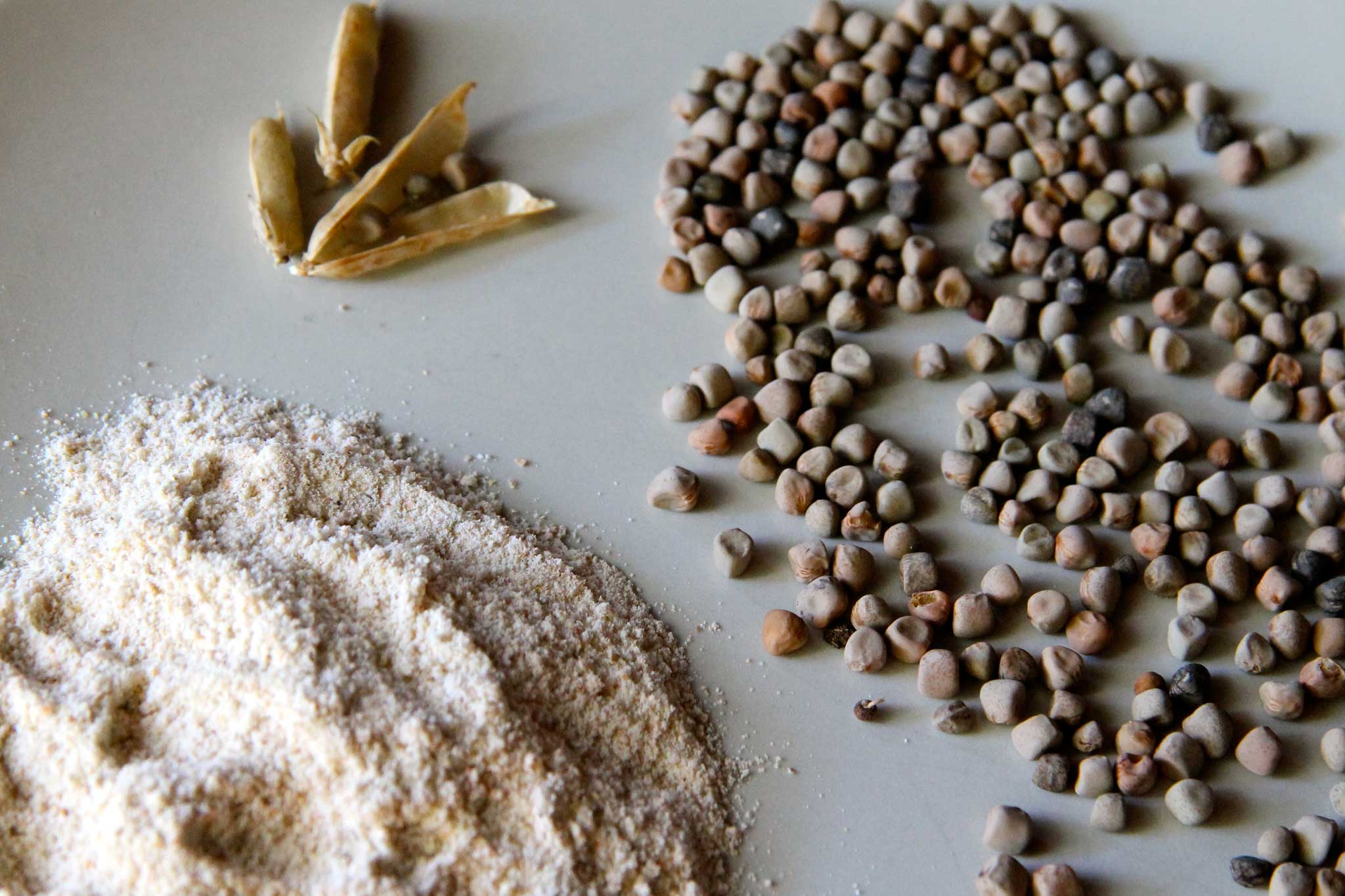
Hotel Santa Rosalia
Choose us at the Hotel Santa Rosalia in Marina di Camerota as your "hub" for your vacation to discover the wonders of Cilento. Experience our hospitality by the sea that will accompany you on a journey in search of authentic places and flavours.
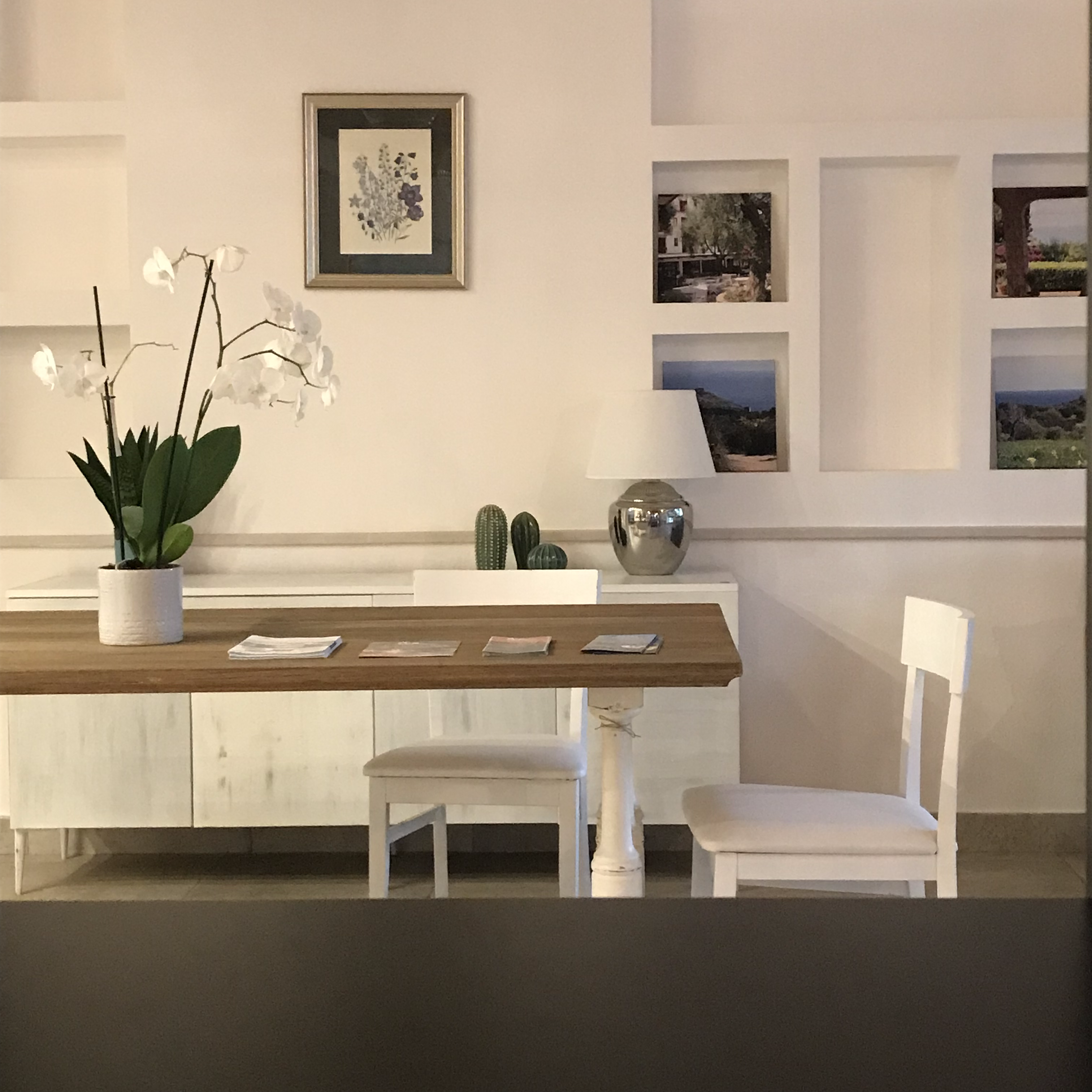
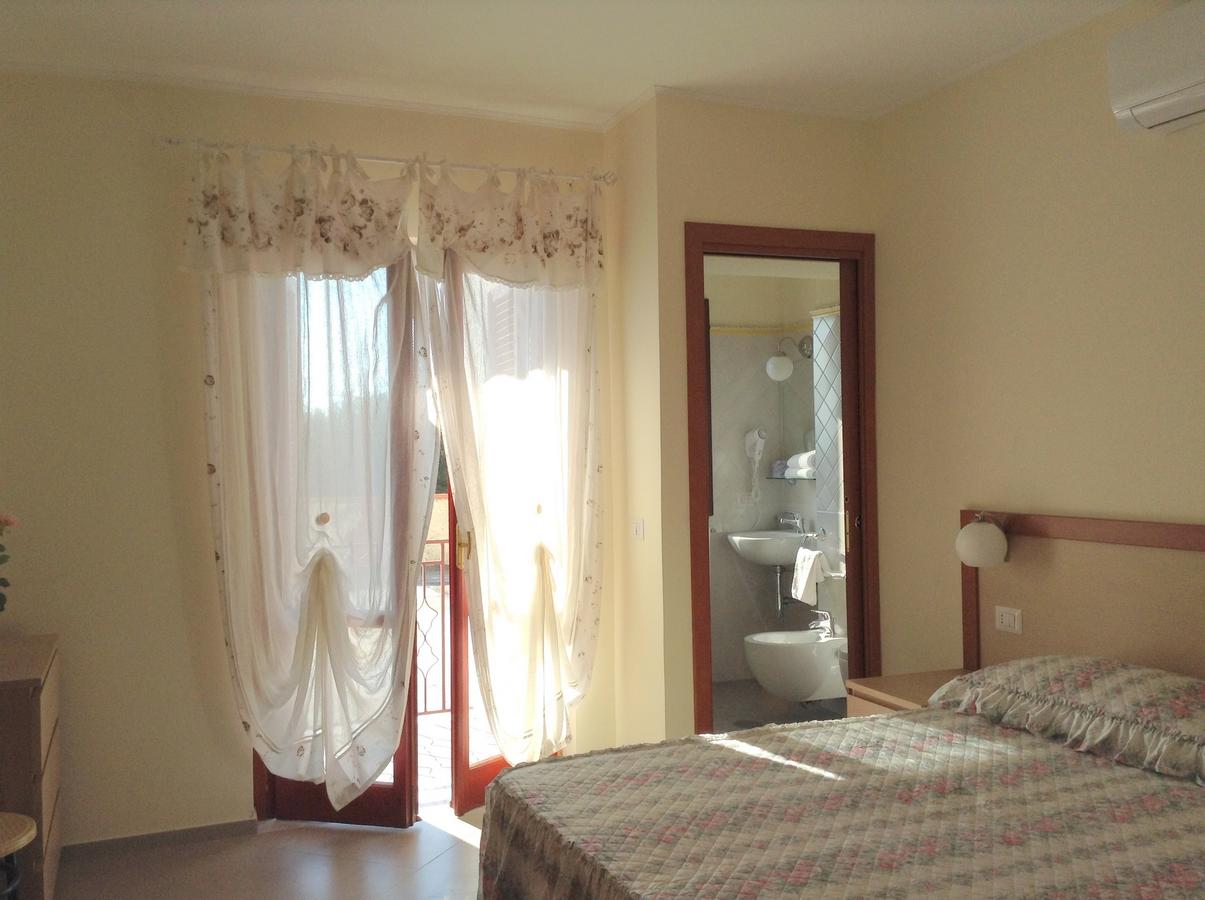

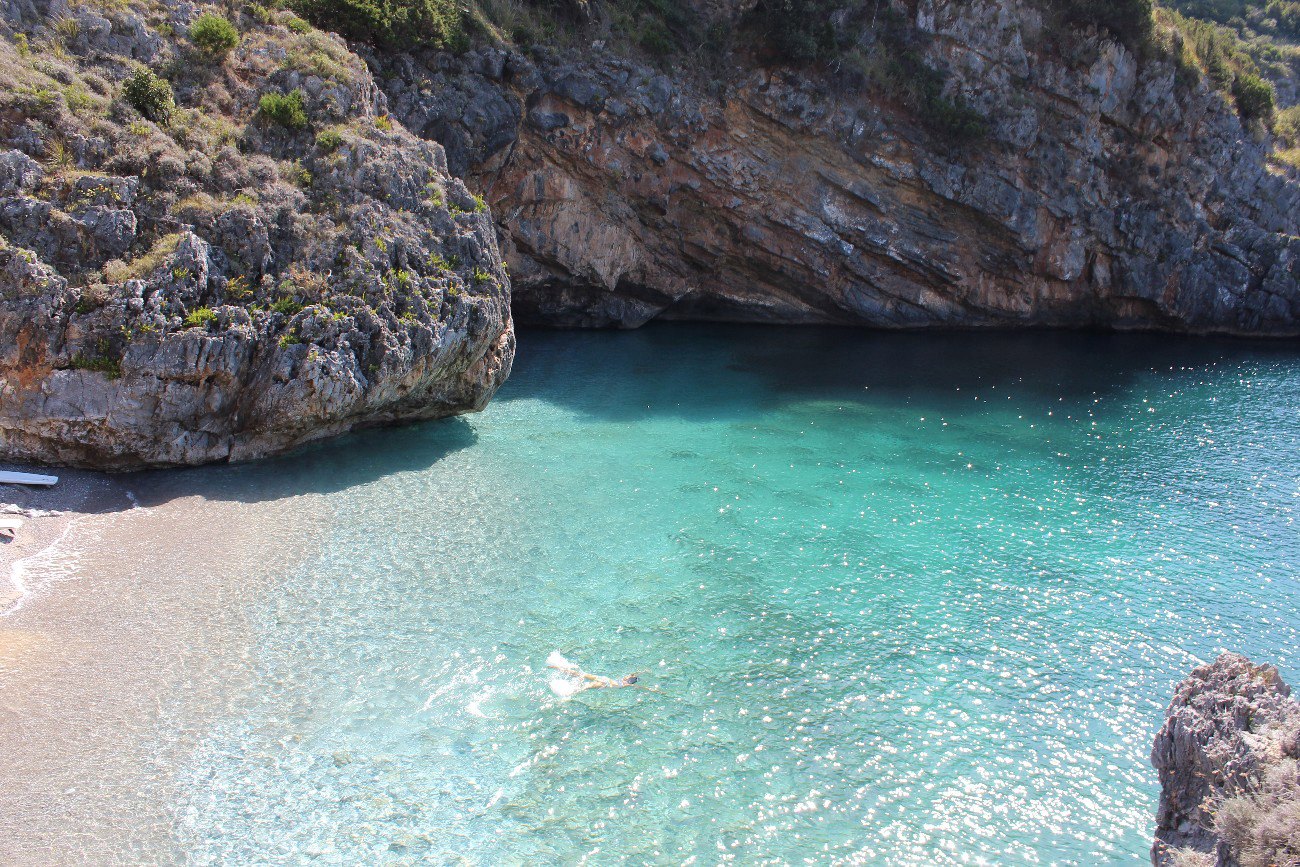
What do our customers say
"We had a great experience. The room was always very clean and equipped with all comforts. The ladies were very attentive, changing the towels every day. The breakfast was superb, with delicious cakes and, above all, the incomparable custard made by the chef, all homemade and fresh every day."
Valeria
"An excellent hotel with very friendly staff and an extremely clean room equipped with TV, hairdryer, and minibar. The hotel is located in a perfect position, close to the sea and also convenient for visiting the charming village of Camerota. The breakfast was rich and offered a wide variety of choices. In summary, I will definitely return as I had a wonderful experience and highly recommend it."
Gennaro P
"Located in a strategic position, the hotel offers comfortable rooms and a plentiful breakfast. The staff is friendly and professional. Highly recommended!"
Vincenzo
